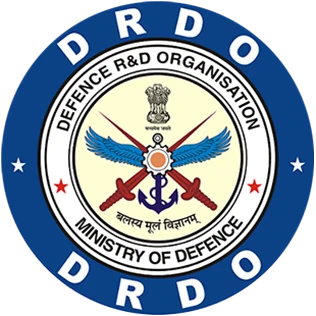Overview
The R&D section of the Ministry of Defence, DRDO was formed in 1958 supported by the Government of India from the mix of the then beforehand working TDEs or Technical Development Establishment of the Indian Army and DTDP or the Directorate of Technical Development and Production with DSO, the Defence Science Organization. Initially having an alliance with 10 establishments or examination offices, all through the long haul, DRDO has created multi-directionally to extend the collection of subject requests, a number of labs, achievements, and tallness.
Vision
The vision of DRDO is to enable the country with advanced and up-to-date native Defence technologies and structure.
Mission
The mission of DRDO is to construct, evolve, and drive to the creation of advanced sensors, weapon structures, platforms, and supplies for the Defense Services and give technological resolutions to the Defense Services to improve combat performance and to boost the good health of the armed forces. It also aims to build a framework and dedicated manpower and construct a powerful native technology base.
Research and Development
DRDO envisions a defensively invigorated India with state-of-the-art technologies geared towards self-reliance on part of the armed forces using the most advanced weapons and equipment. Its tryst with self-reliance has led to several major development and deployment of strategic systems including the likes of Agni, Prithvi in the area of missiles; Tejas, a multi-barrel rocket launcher, Pinaka; an air defence system and Akash in the field of radars and electronic warfare. DRDO today is equipped by more than 50 laboratories engaged in cutting edge research on the lines of aeronautics, arms, electronics, combat vehicles, instrumentation, missiles, naval system.
Currently, DRDO is an organization in excess of 50 research facilities which are profoundly occupied with creating defense innovations covering the different field of study, like aeronautics, electronics, deadly implements gadgets, battle vehicles, building frameworks, instrumentation, rockets, advanced computing, and simulation, extraordinary materials, maritime frameworks, life sciences, preparing, data frameworks and horticulture. A few significant undertakings for the improvement of rockets, deadly implements, light battle airplanes, radars, electronic fighting frameworks, and so forth are available and noteworthy accomplishments have just been made in a few such advancements.
Notable Alumni
Padma Vibhushan V.K. Aatre replaced Abdul Kalam as the Director-General of DRDO in February 2000. Padma Bhushan V.K. Saraswat, former Director-General of DRDO, a current member of NITI Aayog, played a key role in developing the Prithvi missile and inducting it in the Indian armed forces. Padma Bhushan A Sivathanu Pillai worked under the rank “Distinguished Scientist” at the DRDO from 1999-2014. Padma Shree AvinashChander, the chief architect of the Agni series of ballistic missile systems completed forty-two years of Distinguished Service in DRDO. Padma Shri Prahlada, an Indian missile scientist, former director of Defence Research and Development Laboratory, is known for his contributions to the Indian Space Program. Tessy Thomas, the first woman scientist to head a missile project in India is the former Project Director for Agni-IV missile in Defence Research and Development Organization and the recipient of the Lal Bahadur Shastri National Award for her unmatched contribution to make India self-reliant the missile technology field.

